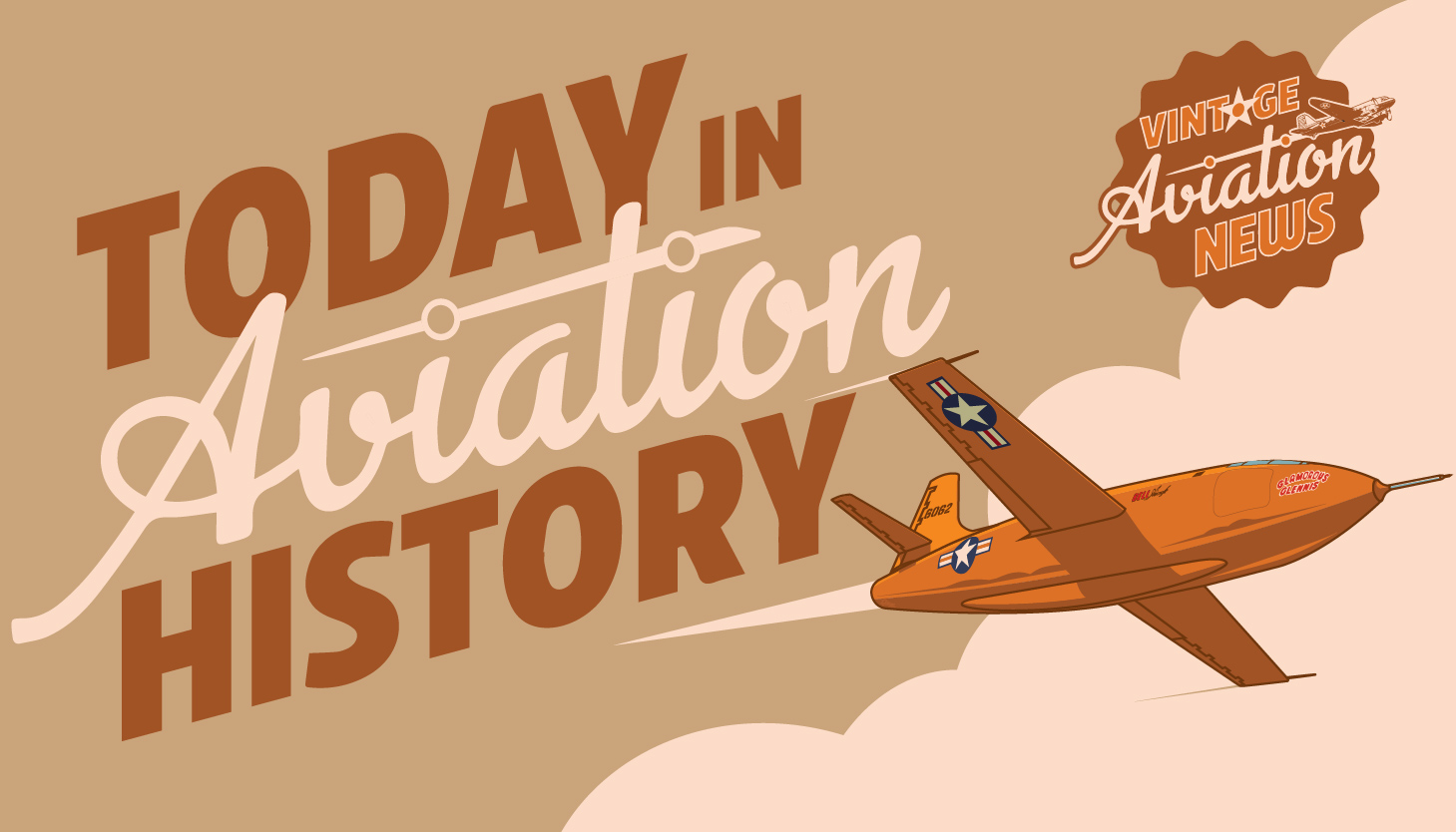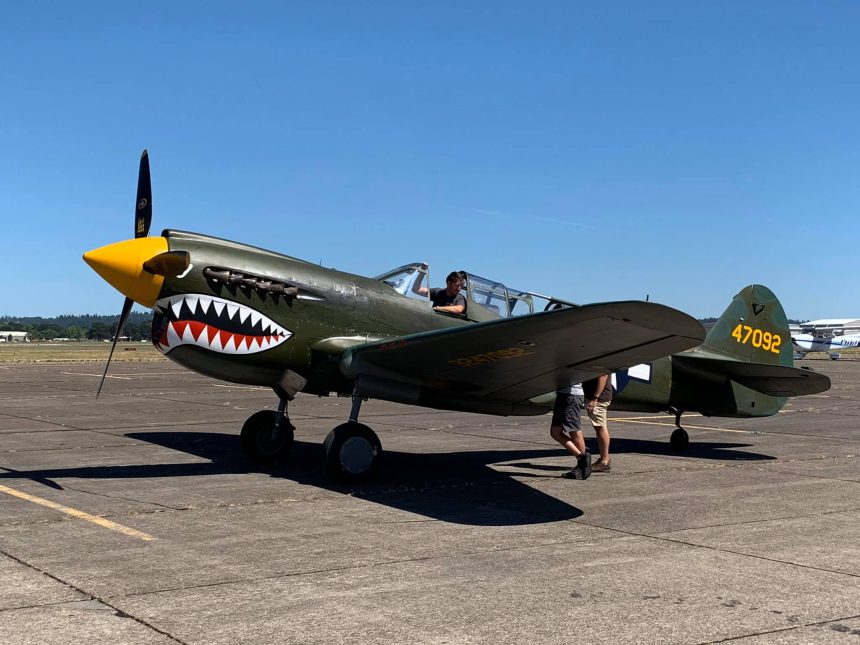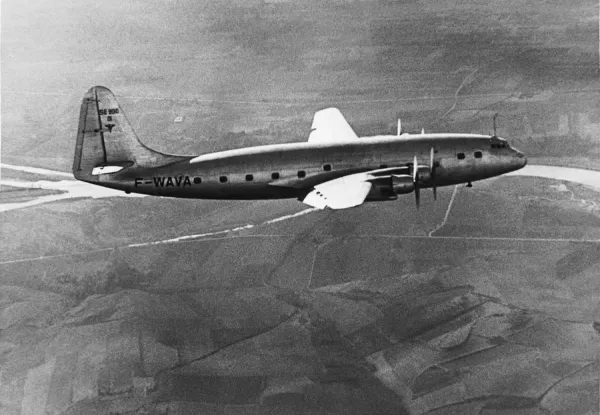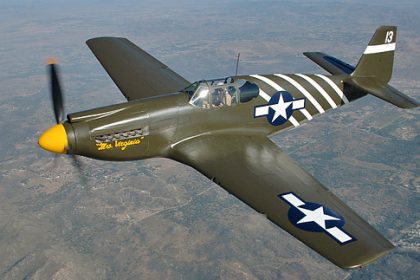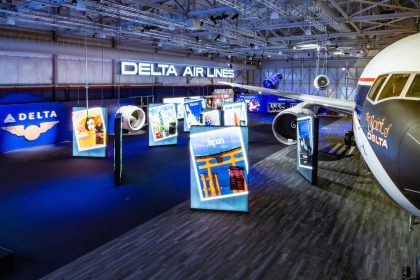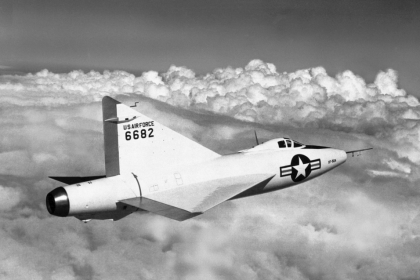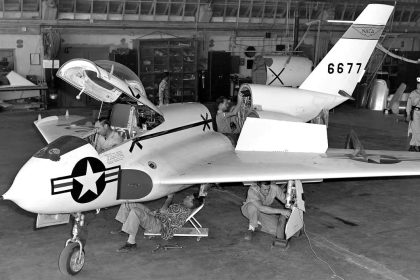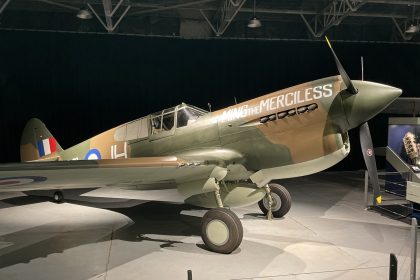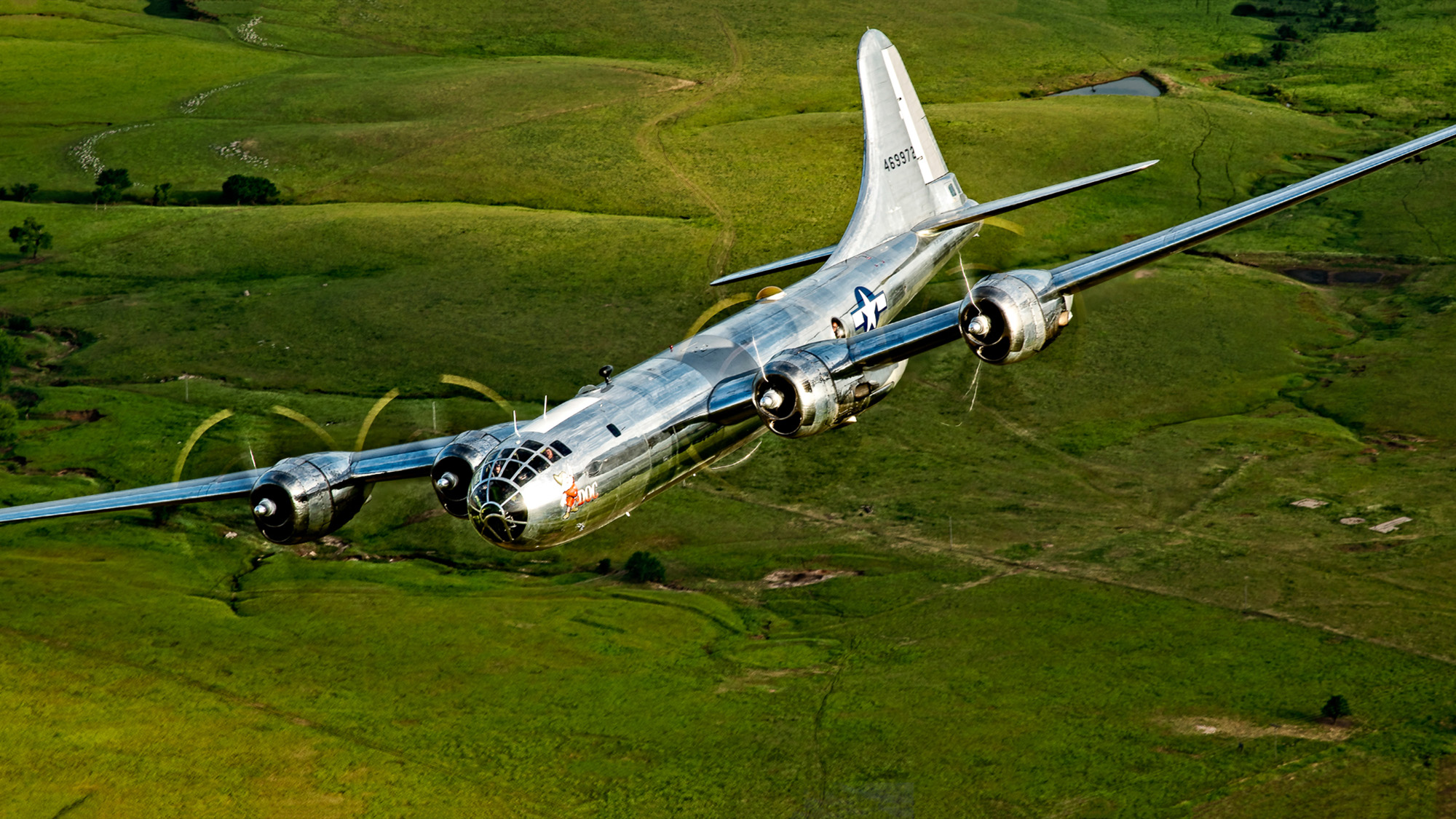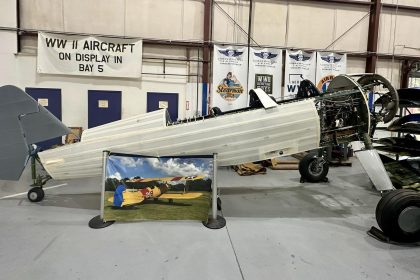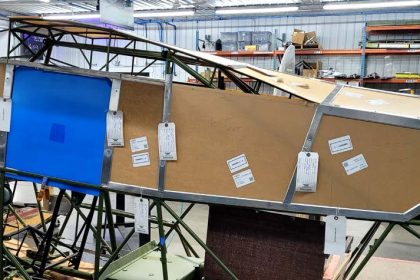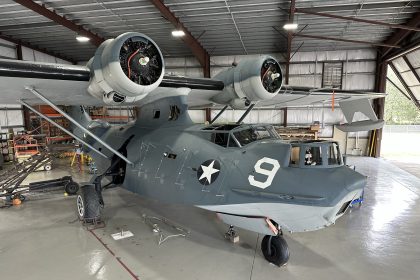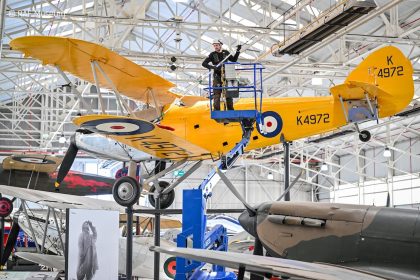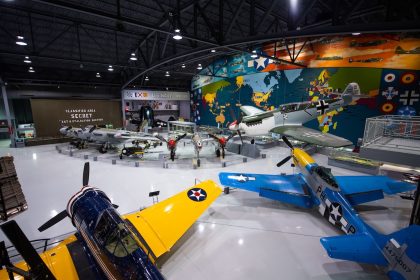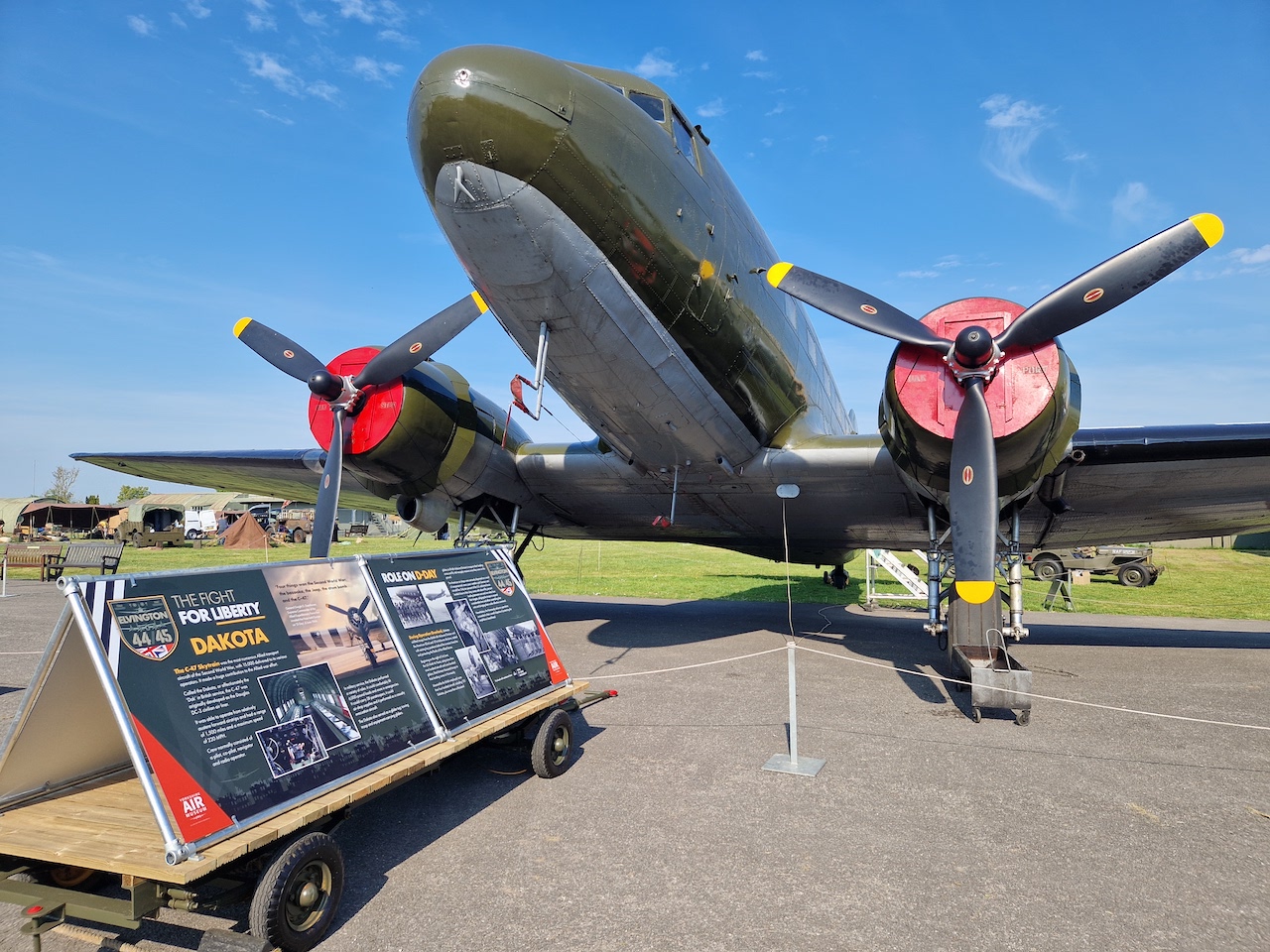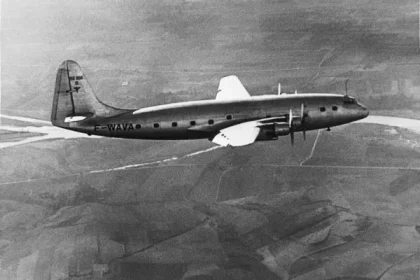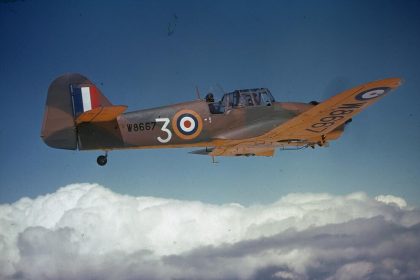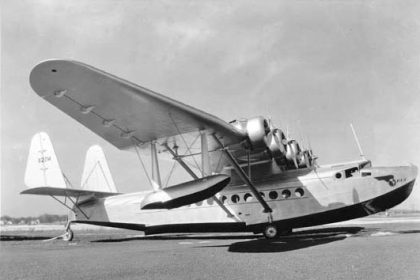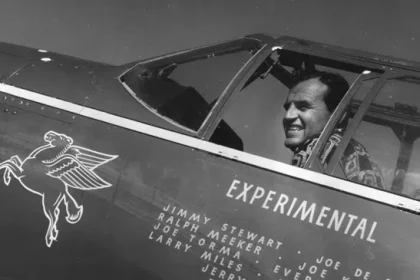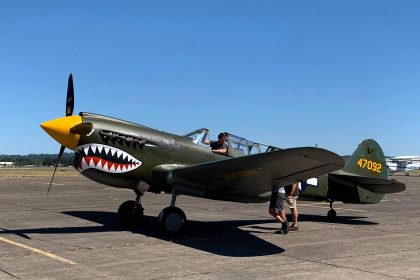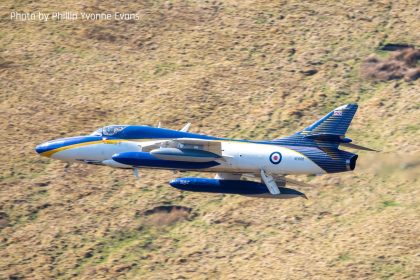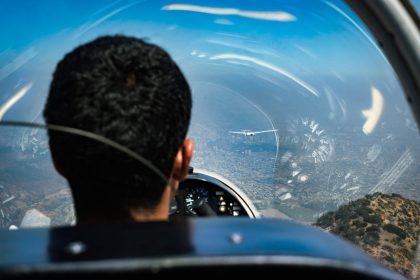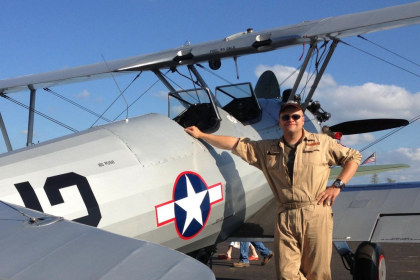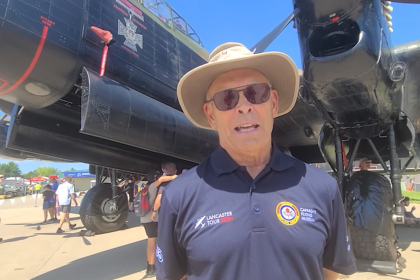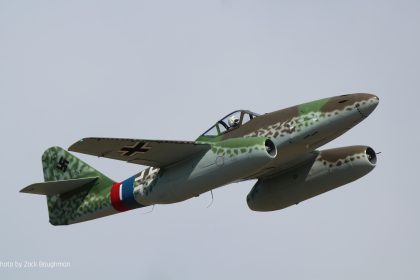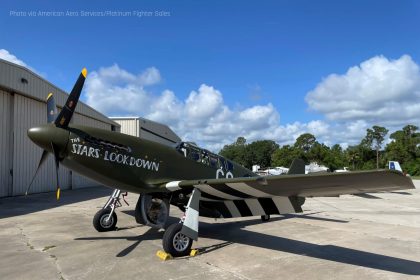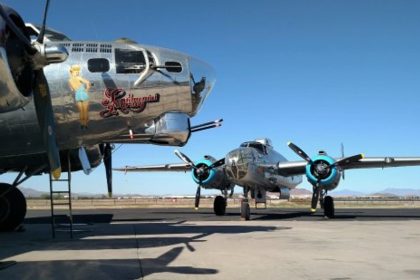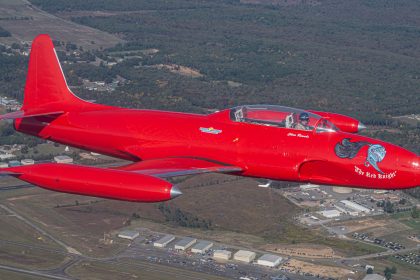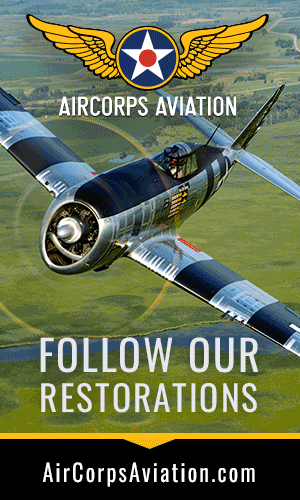-
🤩 Trending:
- Youtube
- Newsletter
- Events
Randy’s Warbird Profiles: Curtiss TP-40N Warhawk 42-104721
Randy Malmstrom takes a look at the history of Curtiss TP-40N Warhawk 42-104721.
Restorations
Aviation Museum News
Today in Aviation History
Latest News
Randy’s Warbird Profiles: Curtiss TP-40N Warhawk 42-104721
Randy Malmstrom takes a look at the history of Curtiss TP-40N Warhawk 42-104721.
Restored P-40 Kittyhawk ‘Ming’ Unveiled in Australia
The restored P-40E with a combat history in the 76 Squadron RAAF is now on…
B-29 DOC History Restored Tour to Land at Evansville Wartime Museum in May
The legendary B-29 Doc, one of only two airworthy B-29 Superfortresses in the world, is…
A Ghost From The Past: Hawker Hunter Soars Through the Mach Loop
Aviation enthusiasts in the UK were in for a rare treat as the iconic Hawker…
The Airborne Aristocrats: Vintage Aircraft Flyovers at Famous Horse Racing Events
"Vintage Aviation News staff did not write this article; the content comes via our partners…
“Stearman Mike” A Midwest Warbird Pilot’s Dedication to Keeping a Famous Trainer Flying
Mike Porter's lifetime in aviation has been dedicated to vintage aviation, especially the care and…
Exclusive Interview: Flying The Avro Lancaster with Chief Pilot Leon Evans
At AirVenture 2024 in Oshkosh, the roar of history echoed through the skies as the…
Salvatore Bassi “Budd” Walcott: The New York Airacobra Pilot
"American RCAF Warriors" is a newly published hardcover book from Key Books in England, featuring…
Messerschmitt Me 262 Flies Again: Military Aviation Museum’s Replica Returns to the Skies
After more than a decade on the ground, the Military Aviation Museum’s Messerschmitt Me 262…
American Aero Services Completes Stunning Restoration of Combat Veteran 1943 P-51C Mustang
Fresh from a five-year restoration by American Aero Services, the rare dual-control 1943 TP-51C Mustang…
CAF Airbase Arizona Announces 2025 ‘Flying Legends of Victory’ Tour Dates
CAF Airbase Arizona is set to kick off its 2025 Flying Legends of Victory Tour…
Lockheed T-33 Shooting Star “The Red Knight” Hitting the Airshow Circuit
Chris Rounds is bringing The Red Knight Lockheed T-33 Shooting Star to the airshow circuit…
Stay Connected
Categories

Restorations
1016 Articles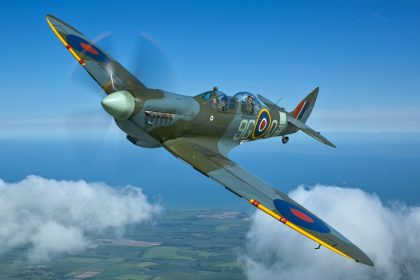
Warbirds News
1803 Articles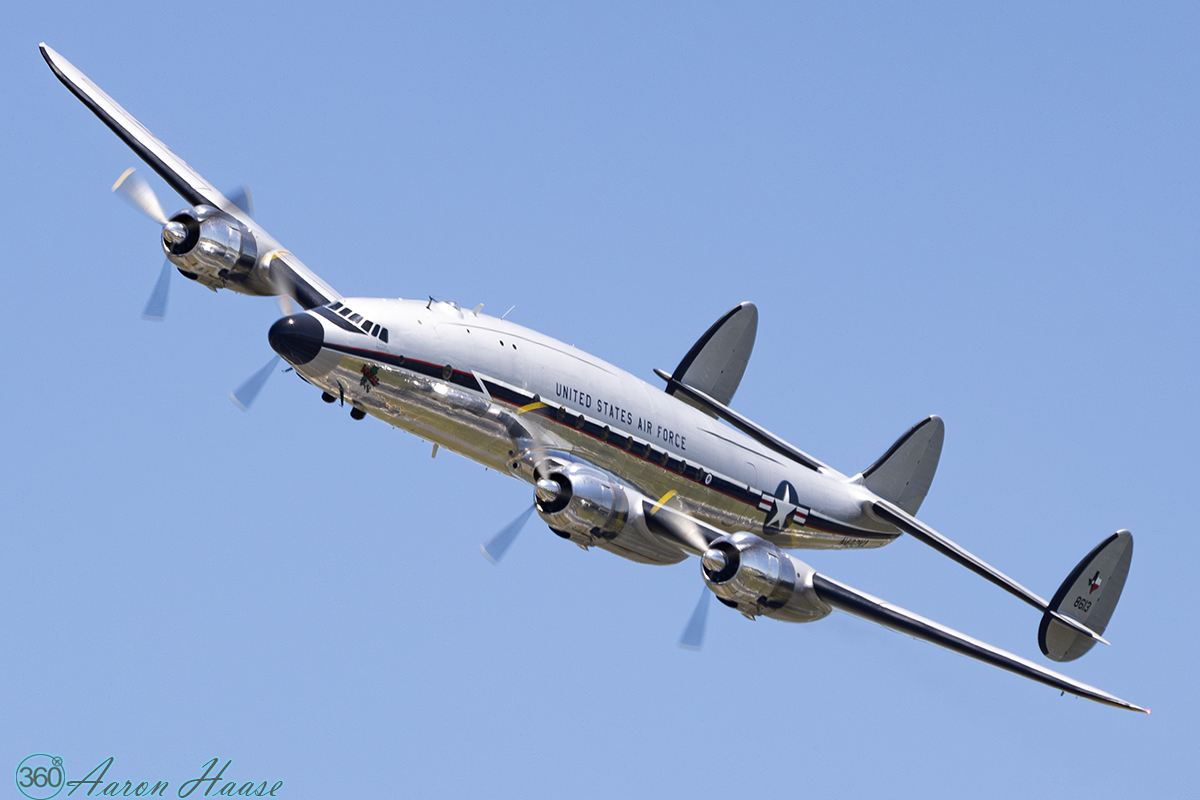
Vintage Aviation
111 Articles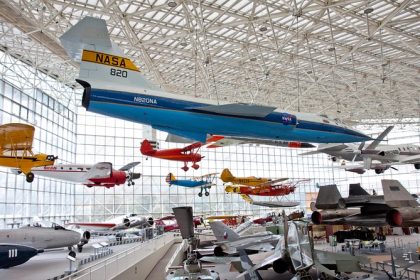
Aviation Museum News
1783 Articles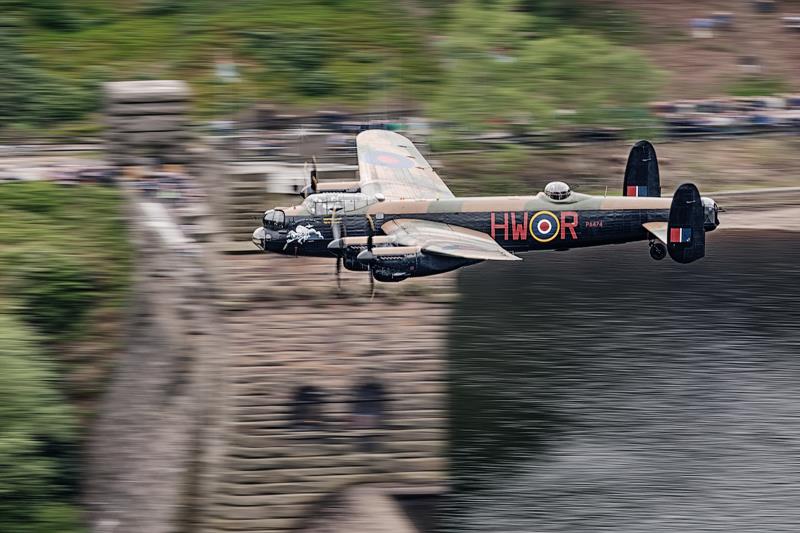
Articles
691 Articles